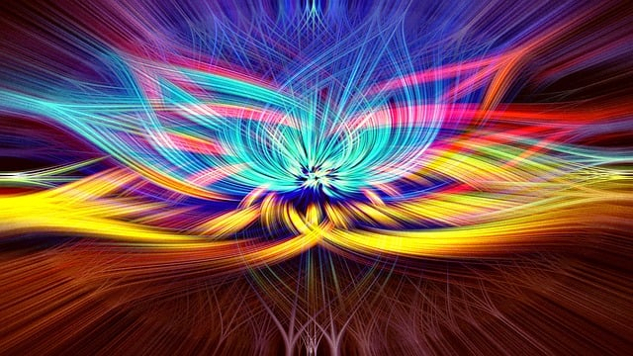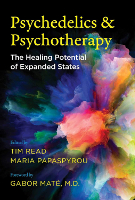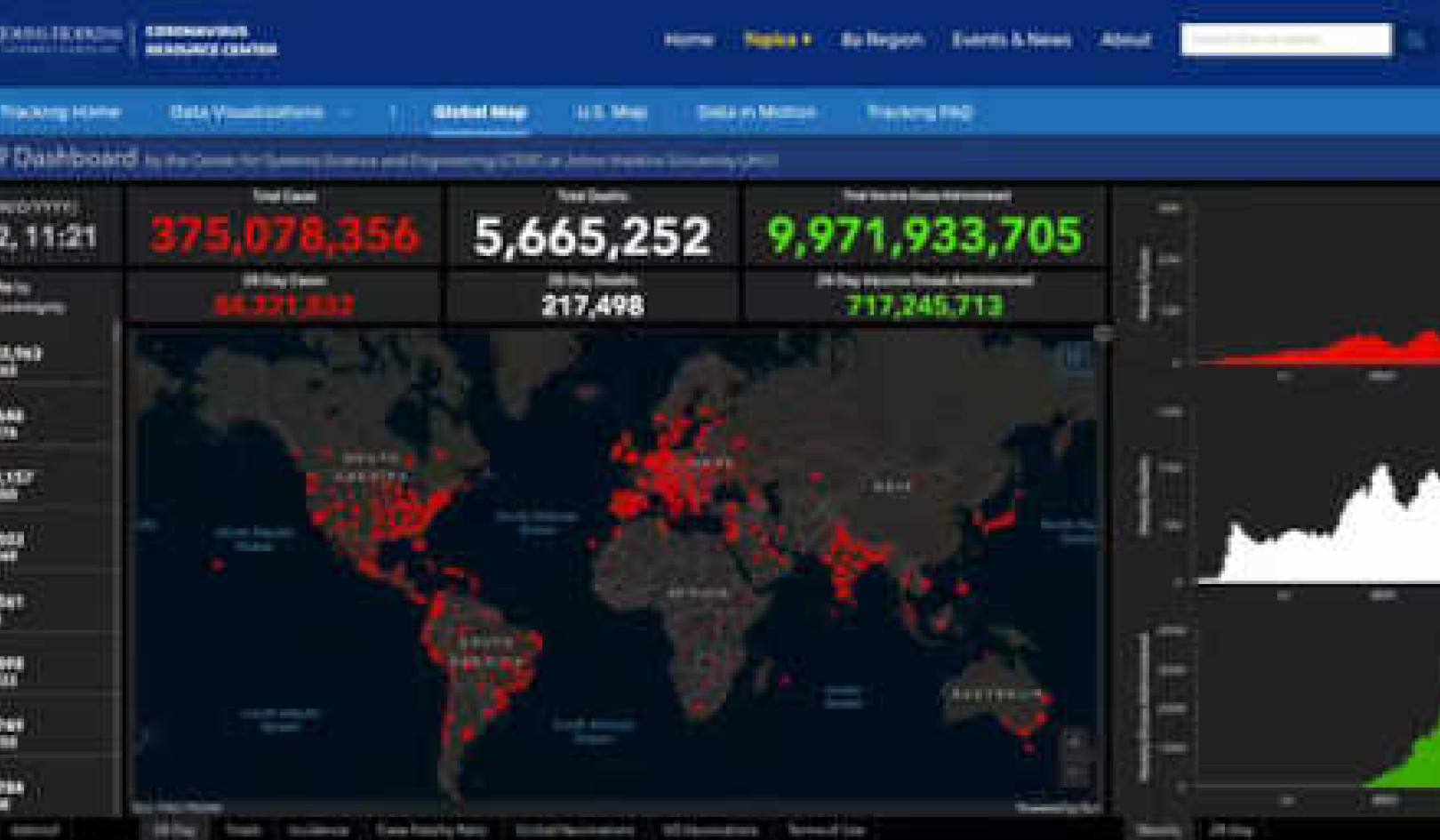
Image by Ben Johnson from Pixabay
Psychology is ultimately mythology,
the study of the stories of the soul.
-- James Hillman
The shifting discourse around psychedelic substances from drugs to medicines and from getting high to getting healed has revived psychotherapy’s interest in the healing potency of transpersonal experiences, made integration central to psychedelic practices, and encouraged people to seek support for their experiences in expanded states.
Some arrive in therapy pushed by circumstance, after a traumatic or retraumatizing experience that requires processing. Others enter by choice, curious to explore and integrate their expanded experiences, in support of their healing and growth. As therapists, we offer a safe container that can hold the unfolding of a deep psychic reorganization. In psychedelic states people often report dazzling and intricate visuals, but beyond the psychedelic aesthetics, people experience an opening to an incredibly powerful and wise healing field.
The ceremonial context is a serious introspective space, at times easy to navigate and nourishing and at times treacherous and devouring. Some of the material that surfaces through such experiences can be encounters with an archetypal world, telepathic experiences, or bizarre dreamlike sequences that are difficult to decipher and can overwhelm consciousness. People report finding themselves in inner landscapes that might be flooded with memories from early life, or from what may seem like past lives, or even from lives that other people have lived. Some of their experiences might fill them with mystical awe, while others might bring them to the very edges of darkness and madness.
Some people experience leaving their human consciousness and embodying an animal or plant consciousness, dissolving boundaries of all kinds and expanding in multiple directions. The profound emotional, physical, and energetic release during such a journey can range from ecstatic joy to primal terror, and yet most, upon their return, seem to retain a deep trust, if not reverence, for the wisdom of this space. There are those, however, who return terrified, fragmented, and broken.
For many, this is indeed a heroic journey within and beyond. Most people will encounter these experiences without any working knowledge of the psyche, and this is where the spaces we offer as therapists can be of relevance and use.
Strengthening the Conscious Mind by Assimilating the Unconscious
Psychotherapy’s foundational and core premise has been the strengthening of the conscious mind through the assimilation of the unconscious. It is a healing system that is fluid in translating the symbolic and archaic language of the unconscious into meaningful narratives. The clinical models of dream interpretation, free association, active imagination, and creative explorations are very relevant in the work of psychedelic integration, as is knowledge and understanding of transpersonal experiences, shadow work, trauma work, and attachment. Psychedelic integration therapists also need to understand the importance of set and setting as well as the effect of different substances on a physiological, psychological, and spiritual level.
Psychedelic experiences mediate between our conscious and unconscious worlds. By bringing unconscious material from the deep abode of one’s Self into the surface of consciousness, they open up channels of communication between the two that can support our psychological journey toward greater integration and wholeness.
The Psychedelic Dream Function
A psychedelic experience carries messages rich in symbolic language and quality. In psychedelic integration, we have to work with the language of the psyche—the symbolic, mythopoetic, and archetypal layers of our being. As with dreams, the visions, myths, and symbols that spontaneously emerge in expanded states from one’s depths are imbued with meaning and express vital psychological information. They carry into consciousness thoughts, intuitions, and feelings that were deeply buried within.
“The underlying, primary psychic reality is so inconceivably complex that it can be grasped only at the farthest reach of intuition, and then but very dimly. That is why it needs symbols” (Jung 1966a, para. 345).
Symbols hold meaning that is indefinite and can only be understood by approximation. In integration work, we circle around these messengers creatively in order to awaken their inherent potential. We invite the person’s own responses and associations to the material at hand and resourcefully work alongside the client to develop the images, symbols, and archetypes to their full effect.
There is not one valid interpretation; numerous potentialities exist to help us get closer to aspects of the Self that have been shrouded from awareness. The image making and symbolic and linking functions are about bringing forms and metaphors to life and helping us cultivate deeper connections to our inner worlds.
The process of meaning extraction that lies at the heart of psychedelic integration is aligned with the principles of dreamwork. While the psychedelic experience is often more embodied, the terrain of both is our deep unconscious. Interestingly, however, psychedelic experiences don’t usually take the form of many common dreams, such as falling, taking an exam, or being naked in a public space; the emotional tone of such common dreams arise through different sequences in expanded states, for example through the death-rebirth cycles or through encounters with shadow that might give rise to feelings of shame or inadequacy.
Eight Kinds of Unusual Dreams
Clarissa Pinkola Estés (2003) discusses eight kinds of unusual dreams (described below), which in psychedelic states are quite common motifs.
-
Precognitive dreams are dreams that seem to have arrived from a future point in time that might inform the dreamer about something that is yet ahead of him.
-
Apparition dreams are palpable visitation dreams where the dreamer might meet, engage with, or receive a message from people who have died who she may or may not know. They come as psychic allies to offer the dreamer information, guidance, or reassurance.
-
Lucid dreams are dreams where the dreamer feels awake within a dream, able to consciously engage with the dream images and spaces he is immersed in and ask for guidance.
-
Disembodied voice dreams are where the dreamer is advised by a voice that exists separately from a body, or a voice that might carry no sound at all but the dreamer feels enfolded in its message.
-
Sexual dreams are fully embodied sensual experiences that might culminate in orgasm.
-
Dreams of deep silence are dreams that land the dreamer in a space of a deep silent void. The silence might be meditative, healing, and restorative, or deadening and frightening, as a voiceless cry for help.
-
Speaking in tongues are dreams where the dreamer speaks words in a language she has never heard before (a phenomenon that in waking life is known as glossolalia); in certain cases, these words may turn out to exist.
-
Waking dreams are visions in a hypnagogic or somnambulant state during which the dreamer watches moving images, like in a cinema.
I would add to this list psychedelic dreams of being held and cradled by an archetypal and transpersonal entity, giving psychedelic dreamers a tangible, visceral, and embodied experience of being safely contained.
While I have come across all of these types of dreaming in psychedelic integration, I have encountered few of them while working with common dreams. Perhaps we could assume that these dreams are nearer to transpersonal experiences, emanating from the collective unconscious as opposed to commonly occurring dream themes that might be arising from the personal unconscious. This would follow the distinction of big dreams versus little dreams; concepts that Jung borrowed from the Elgoni tribe in Kenya.
Psychedelic Dreams
Psychedelic dreams are, perhaps, nearer to big dreams in that they often arise from the collective unconscious, feel significant, purposive, visionary, archetypal, and mystical, and act as a portal or a wake-up call for the dreamer. While at times these motifs when encountered in expanded states will be clear in their scope and purpose—such as a message delivered by an apparition—at other times they will be open and available for amplification, exploration, and interpretation.
The messages they carry from the deep unconscious, or from what might feel like a much greater source, can revive aspects of our lives that require attention, sometimes by bringing resolutions or clarifications of the past and sometimes by bringing resources for, or even from, the emergent future. They are communicating an unconscious reality, and if they seem irrational, it is only because we lack the means to understand them.
Psychedelic experiences, like dreams, take form through our lives and need to be understood within the ancestral, biographical, and present-day context of a person’s life. When such material is worked through within a therapeutic framework, it can help us develop further stability, resilience, and ego-strength through assimilating a little more of our unconscious into consciousness.
Copyright 2021. All Rights Reserved.
Adapted with permission of the publisher
Park Street Press, an impring of Inner Traditions Intl.
Article Source:
BOOK: Psychedelics and Psychotherapy
Psychedelics and Psychotherapy: The Healing Potential of Expanded States
edited by Tim Read and Maria Papaspyrou.
 Exploring the latest developments in the flourishing field of modern psychedelic psycho-therapy, this book shares practical experiences and insights from both elders and newer research voices in the psychedelic research and clinical communities.
Exploring the latest developments in the flourishing field of modern psychedelic psycho-therapy, this book shares practical experiences and insights from both elders and newer research voices in the psychedelic research and clinical communities.
The contributors examine new findings on safe and skillful work with psychedelic and expanded states for therapeutic, personal, and spiritual growth. They explain the dual process of opening and healing. They explore new approaches for individual inner work as well as for the healing of ancestral and collective trauma.
For more info and/or to order this book, click here. Also available as a Kindle edition and an Audiobook.
https://www.amazon.com/exec/obidos/ASIN/1644113325/innerselfcom
 About the Author
About the Author
Maria Papaspyrou, MSc, is an integrative psychotherapist, supervisor, and family constellations facilitator. She has given talks and published articles on the sacramental and healing properties of entheogens, supporting their re-introduction in psychotherapy. She is co-director of the Institute of Psychedelic Therapy in the UK.






















